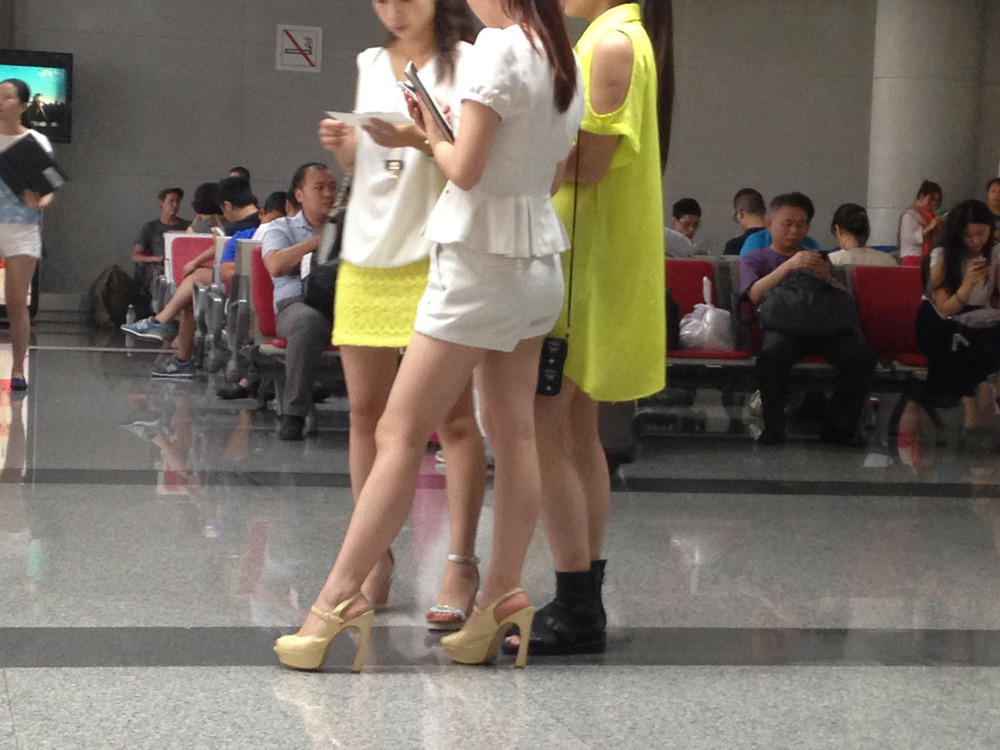Sichuan Adventures
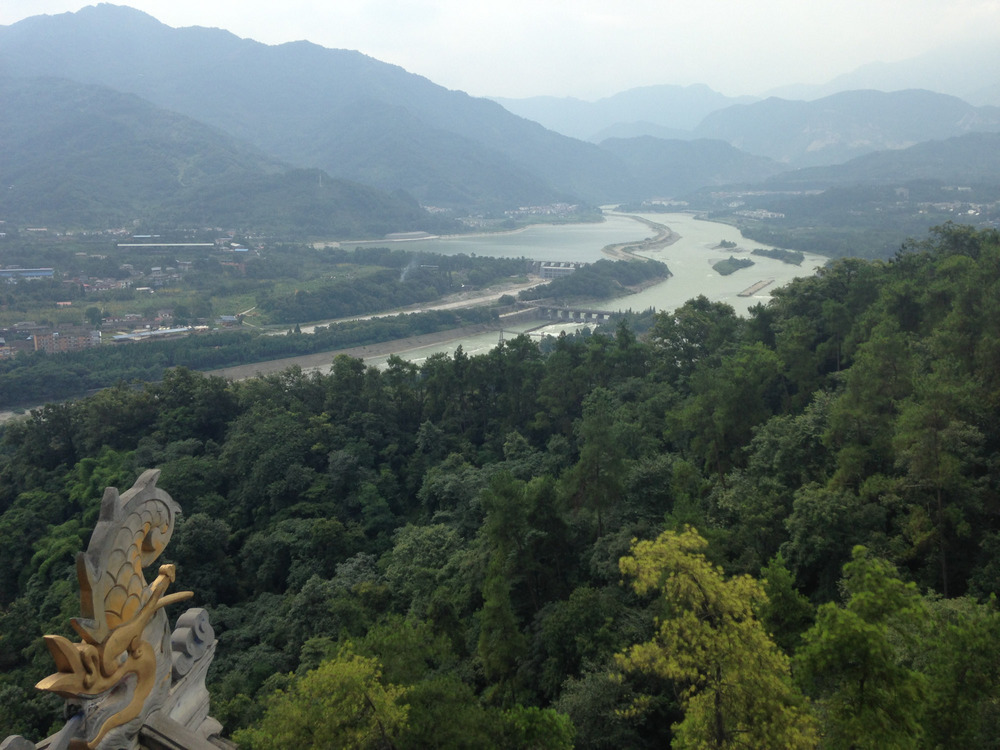
Wenrui and I made last minute plans to visit Chengdu in Sichuan Province. A visiting scholar from her lab at UCLA lives there and offered to host us for the weekend. Wenrui purchased airline tickets after lunch on Friday and we left for the airport later that afternoon. I’ve never been this spontaneous before!
Travel to Chengdu
The Shanghai maglev train reaches top speeds of 300kph and traveled from Longyang Station to the Pudong international airport in about 7 minutes. The interior is incredibly nice (in terms of train interiors), and was very clean. The platform is separated from the tracks by a chest high glass partition, and the openings through which people board are closed by a red velvet rope. Round trip tickets cost 80 yuan, which is much cheaper (and faster) than the hour long taxi covering the same distance. The taxi will cost between 120 and 160 yuan.
I didn’t really notice the acceleration; the only indication of speed was the scenery outside that zips past (the train runs above ground). It was interesting to see how quickly the modern development and urban sprawl gave way to smaller family compounds, trees, rivers/canals, and farmland. The ride was very smooth with only occasional jostles and ran silently. If only the ride wasn’t so short, it would be a perfect place to nap.
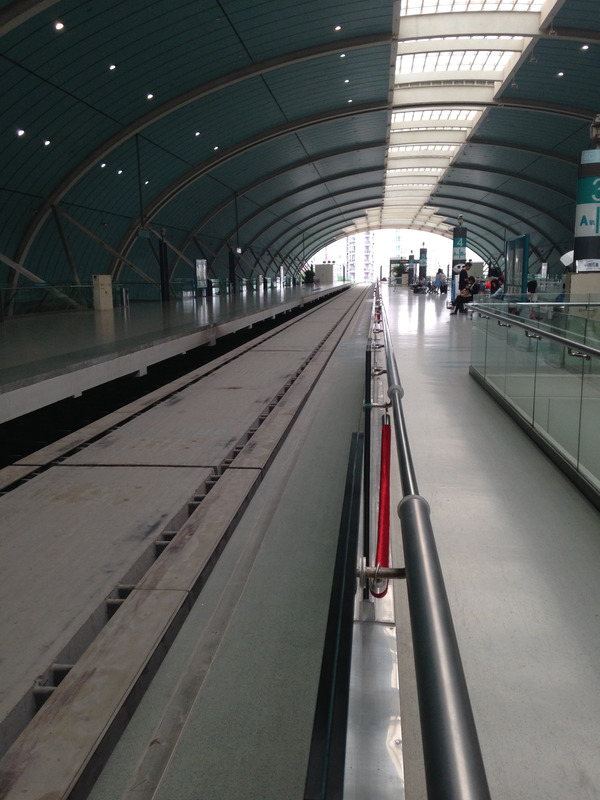
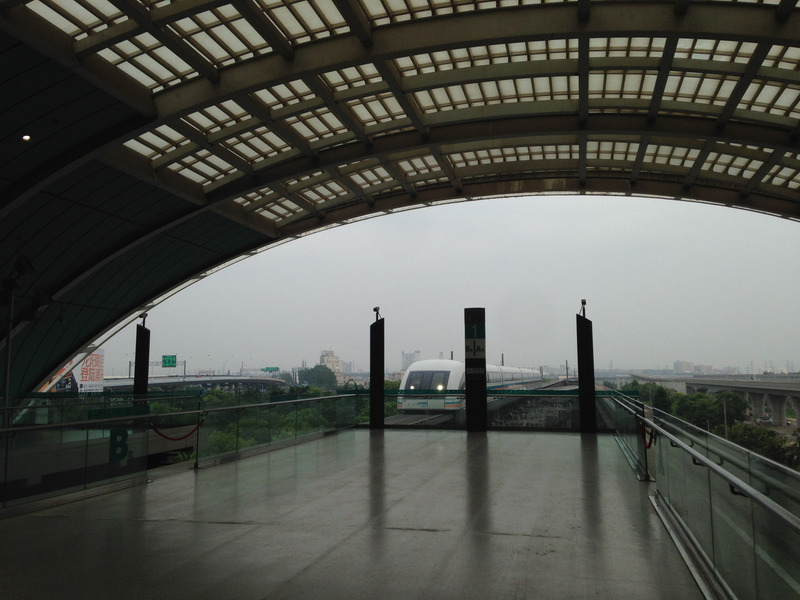
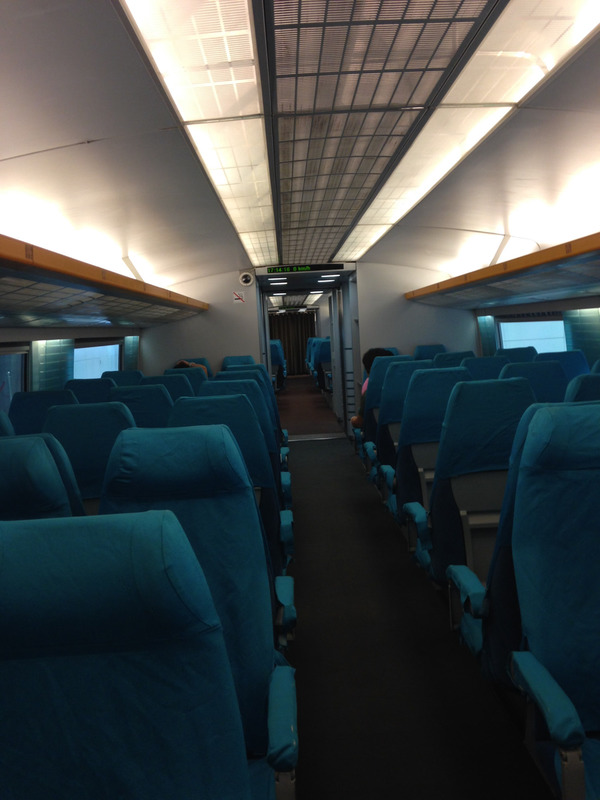
Our first full day there, we had brunch at a tasty hot pot place near Dujiangyan called Macao Dou Lau. We had a wide range of seafood, including abalone, squid, fish, shrimp, fish intestine, and mussels. We also had noodles, an array of greens, sliced potato, and very thinly sliced meats.
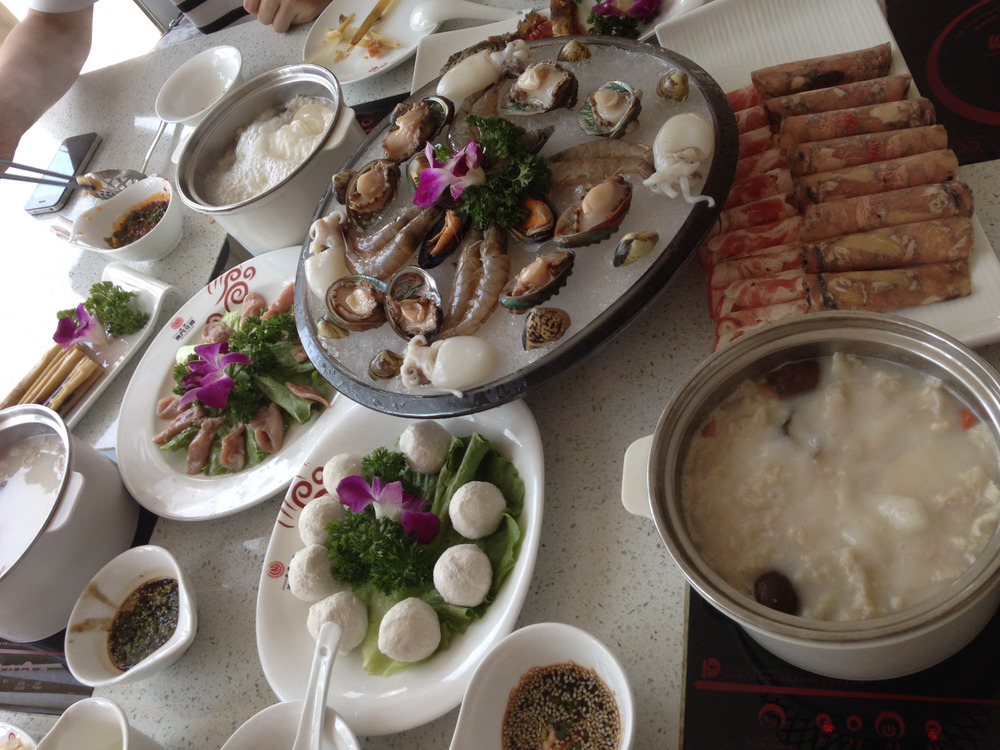
Dujiangyan
The Dujiangyan irrigation system was built in 256 BC during the Qin dynasty. This levee passively regulates the amount of water that flows to crops in the area, especially during flood season. The engineering of the system causes the majority of silt to flow into a different branch of the river.
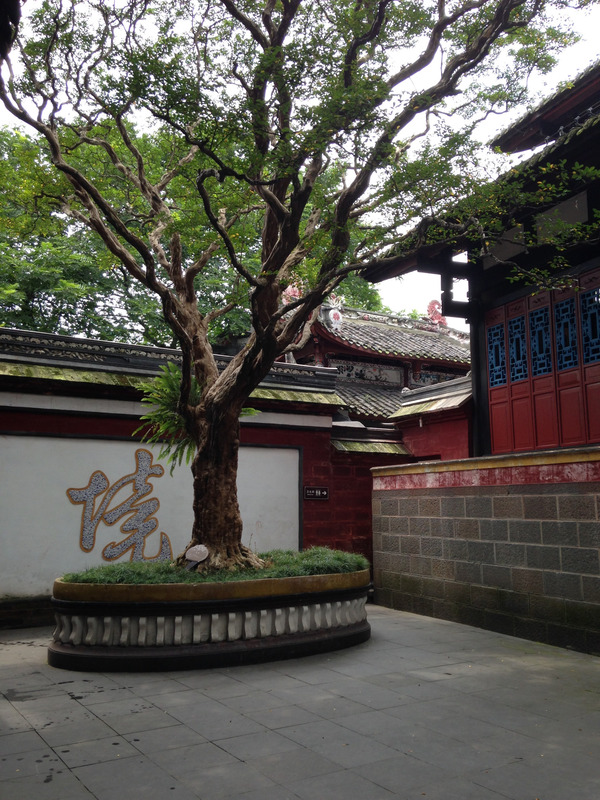
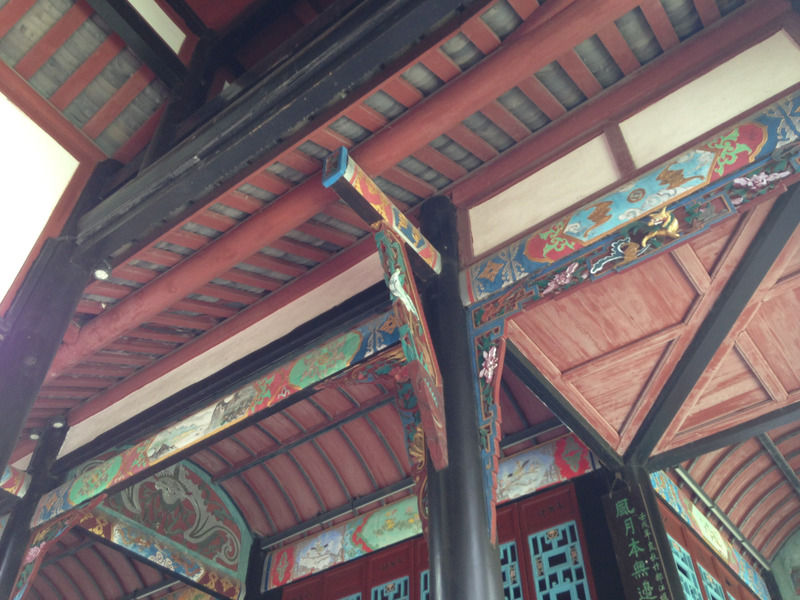
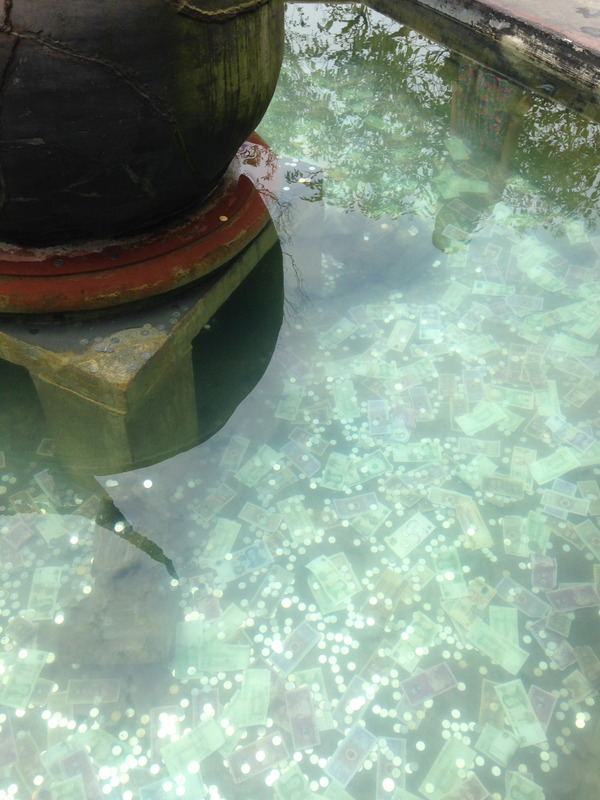
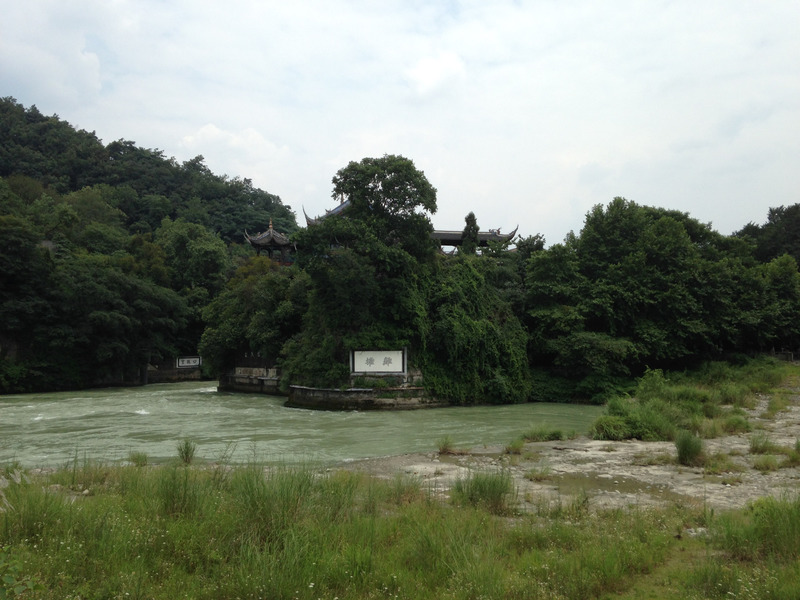
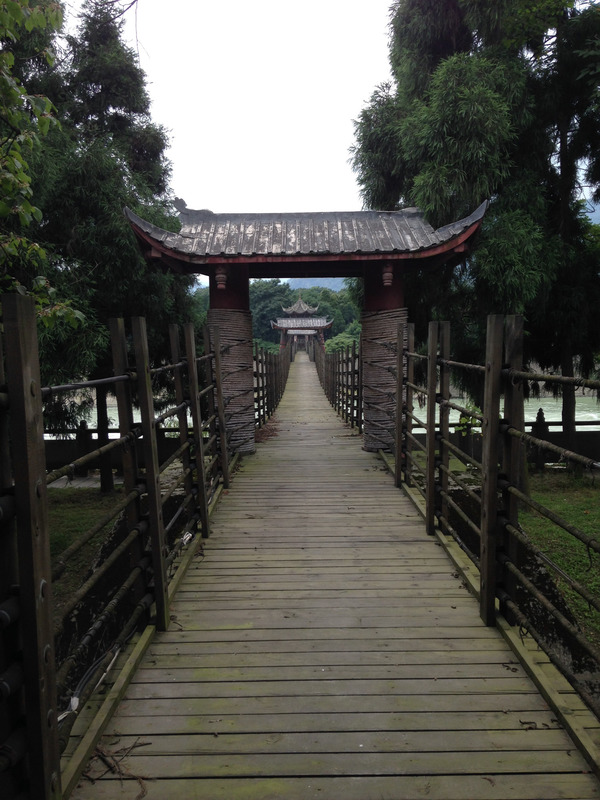
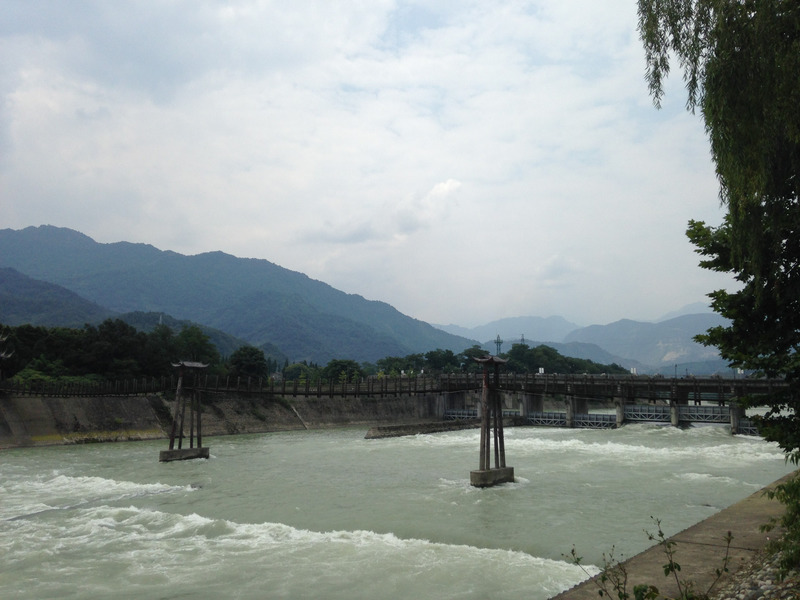
We then headed up the hill in order to see the buildings that dotted the hillside/mountainside. We passed through a Daoist temple, and got to observe the plants growing on the roof of the buildings — it was really steep!
We rode a long escalator up to the top of the mountain to see the shrine there. The escalator is hidden under an ornate wooden covering. It was quite a long ride.
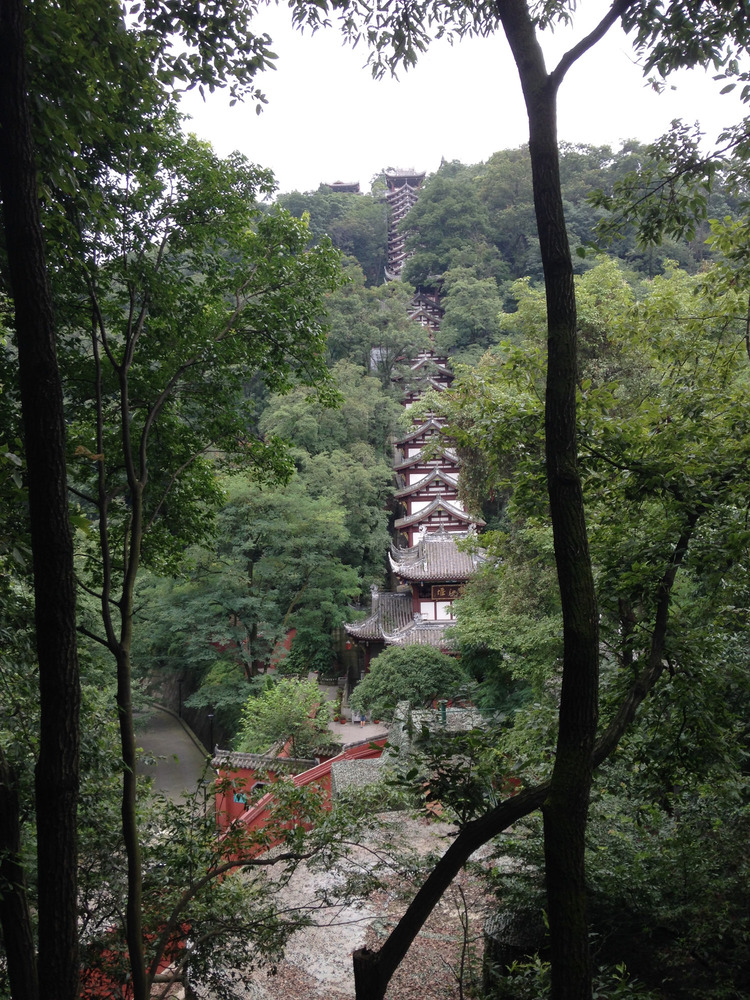
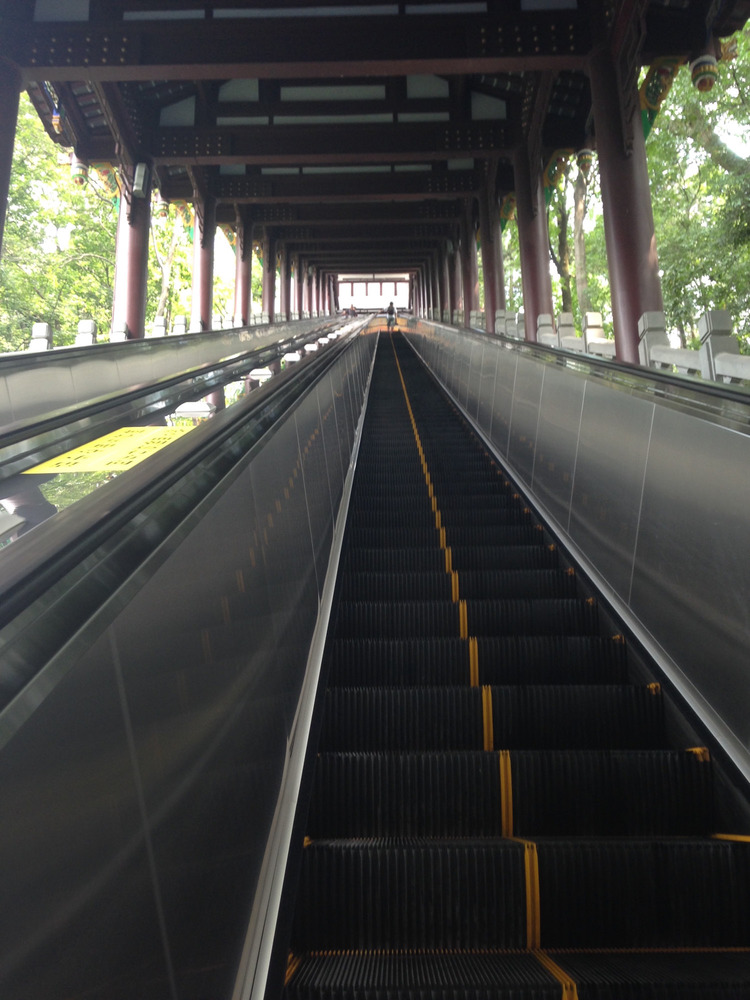
The view from the top of the mountain, particularly from the top of the shrine, is spectacular. One side of the mountain showed the modern development of Dujiayang, and the other showed the relatively undeveloped area by the river.
We descended the mountain at a good speed, and passed through many old gates. This picture is of the last gate before reentering “civilization”.
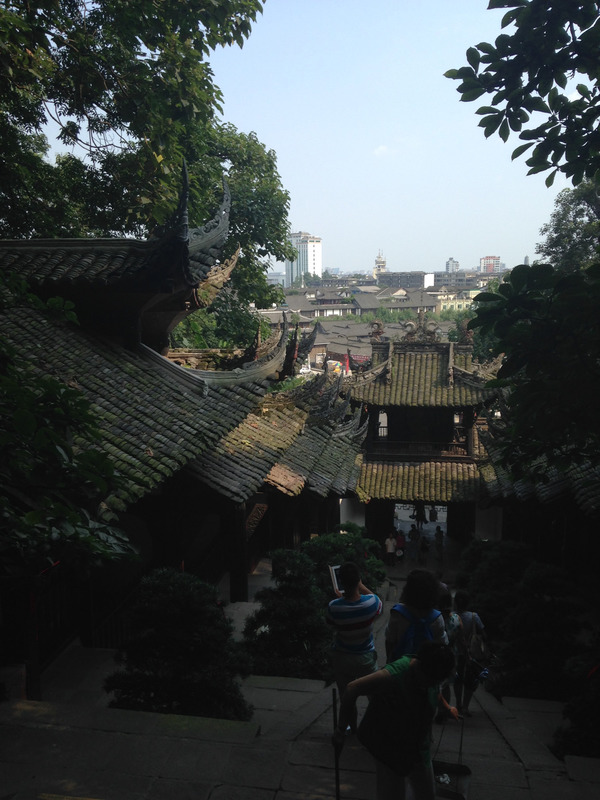
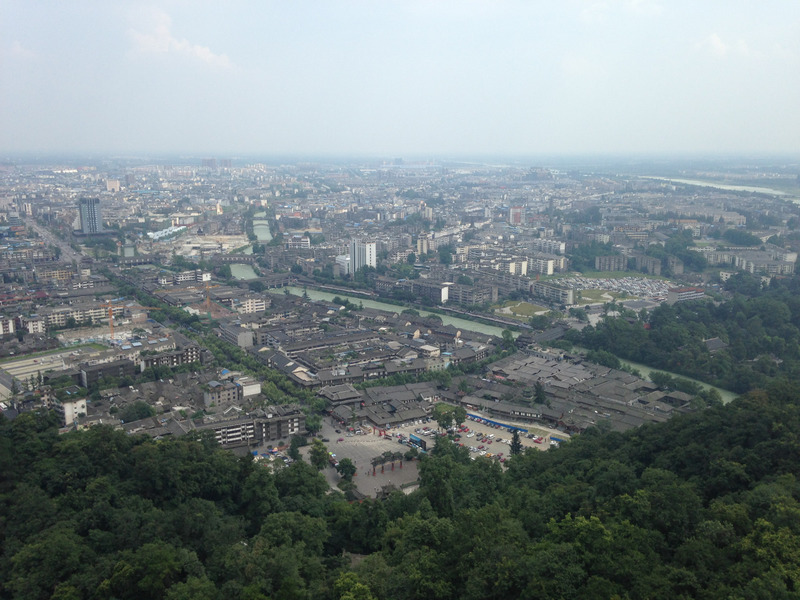
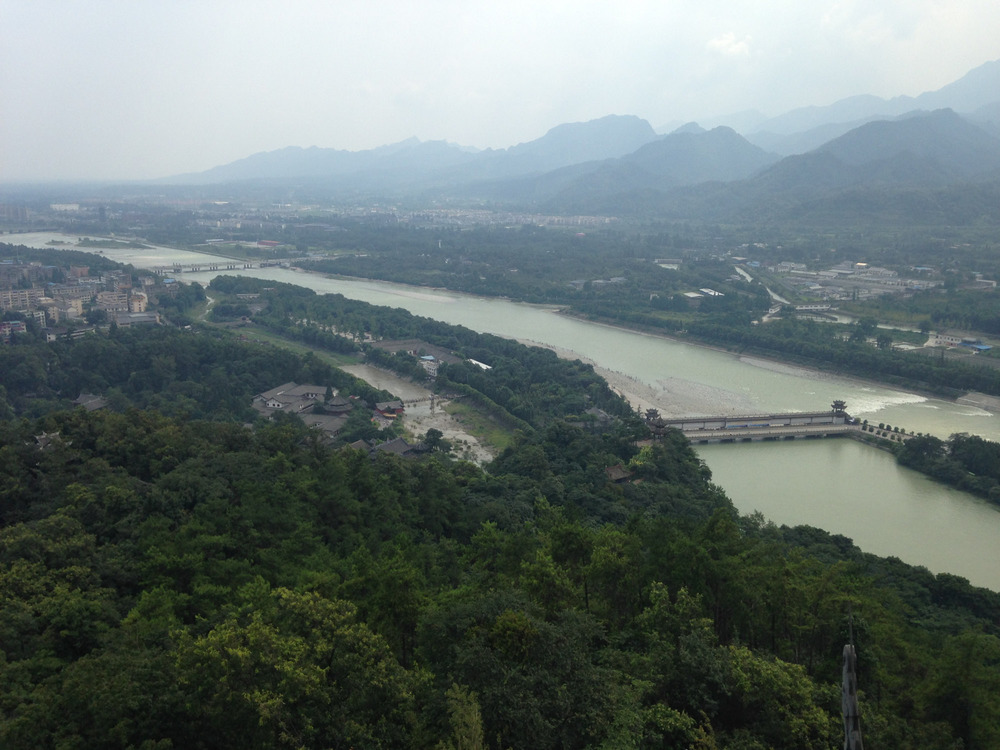
Dinner
We had dinner with our host’s family at a restaurant on one of Chengdu’s streets famous for its food. The restaurant is five stories tall, and is packed during every meal. Our hosts ordered many tasty non-spicy foods, although I did get to experience some Sichuan spices. One pepper looks like dried capers and is typically dark green — this pepper makes your mouth go numb.
Chengdu Wuhou Shrine
This area has many examples of older architecture. At night, the area turns into a bustling place filled with lots of locals, and there are lots of small shops selling things. There was also several theaters with different shows, and a restaurant we passed had a bian lian or “changing faces” performer — someone who is able to change their mask in the blink of a fan swipe.
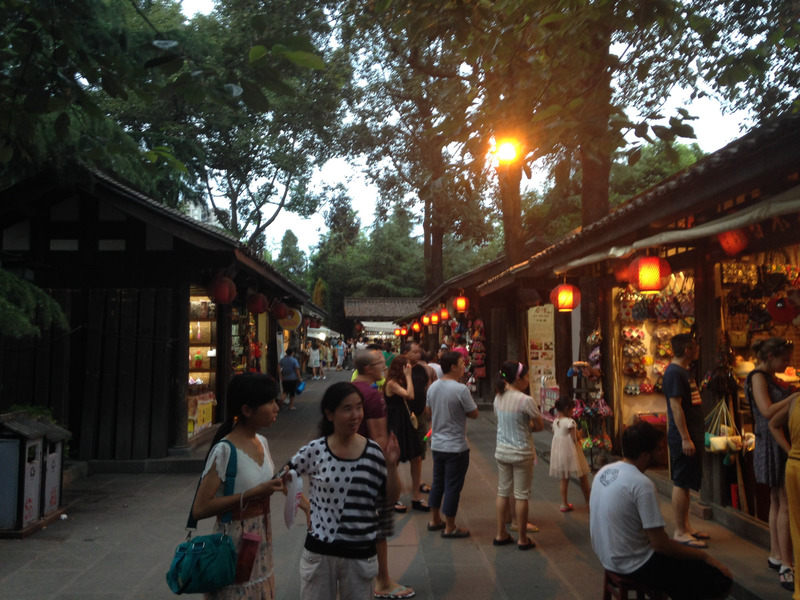
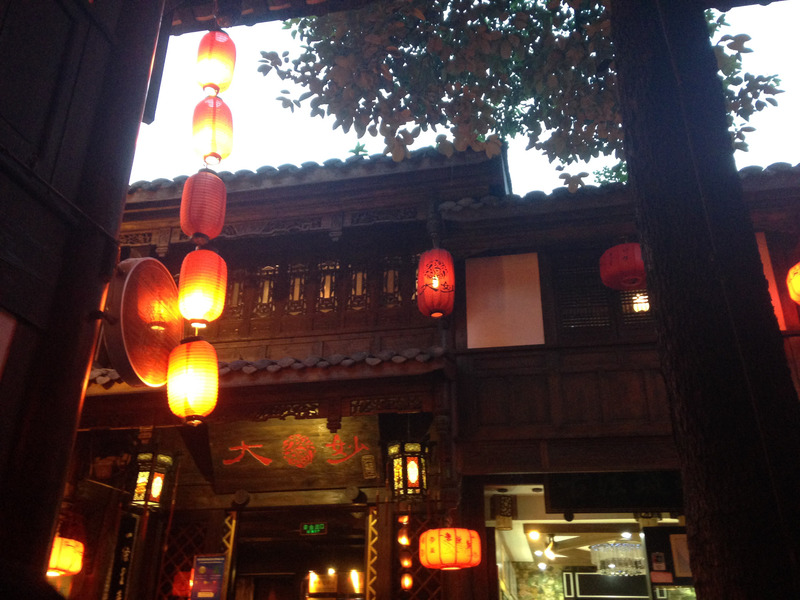
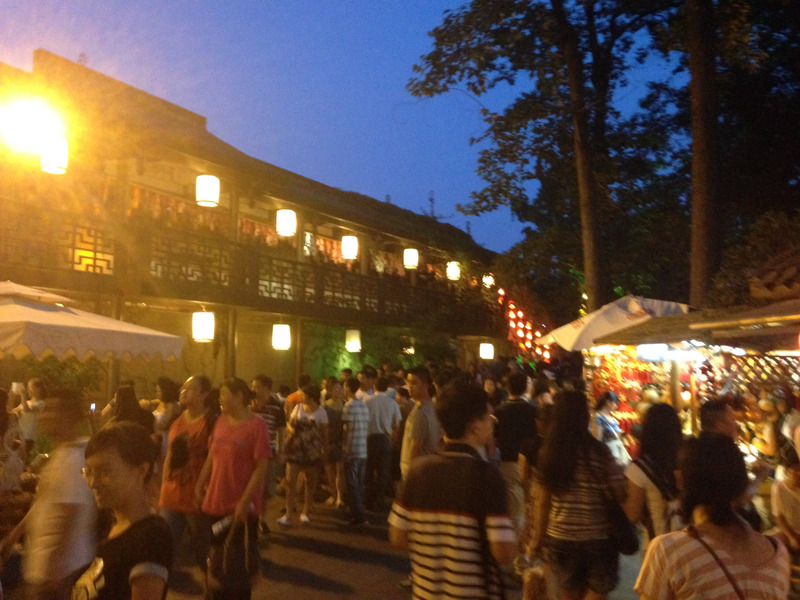
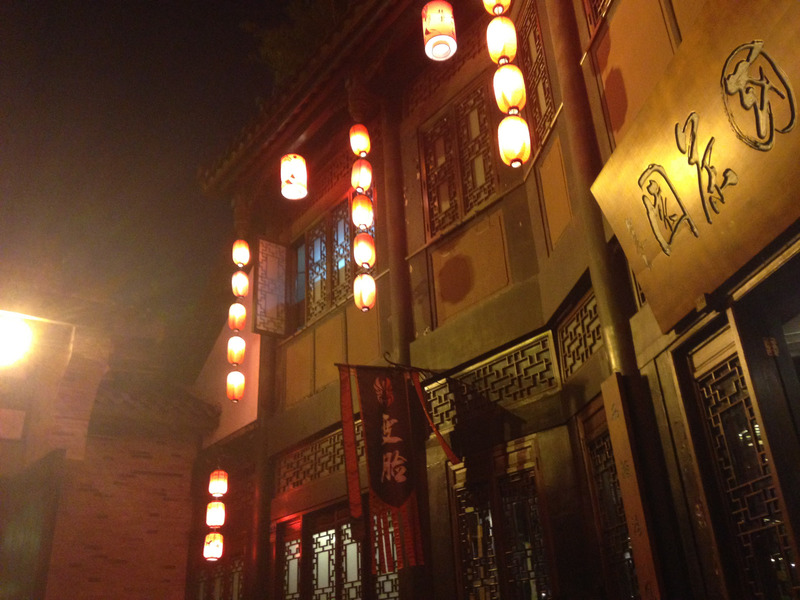
Chengdu Research Base of Giant Panda Breeding
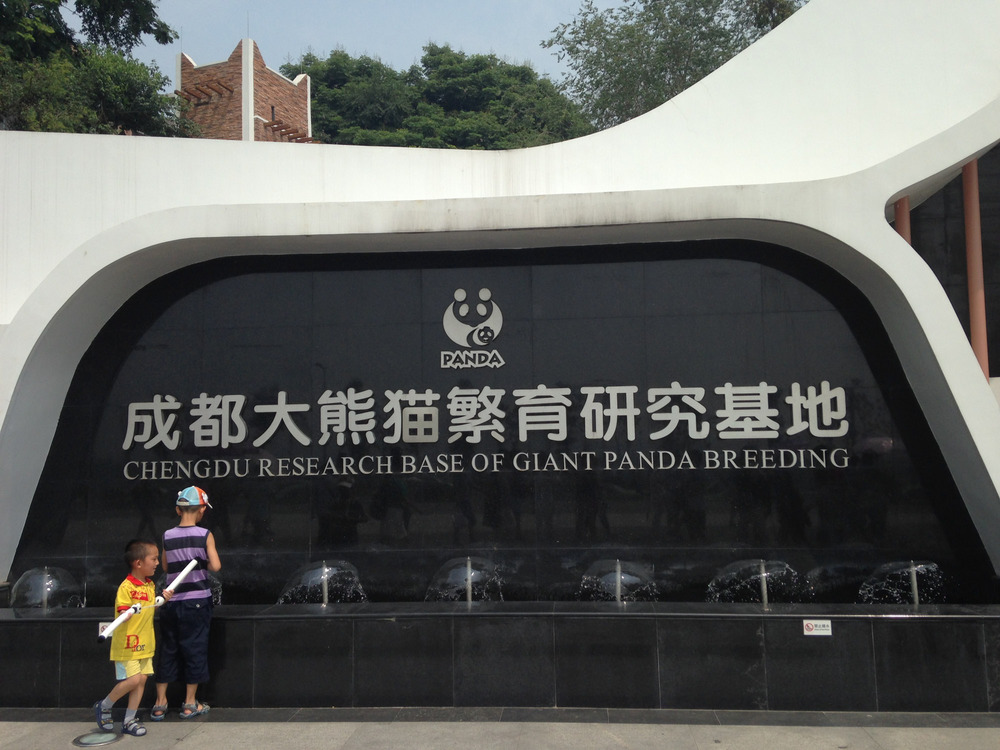
There are many many pandas here, ranging in age from infants to adults. However, because we got here in the middle of the day when it was warmer, all of the pandas had been moved indoors to avoid the heat. Here are some of the empty panda enclosures — quite spacious!
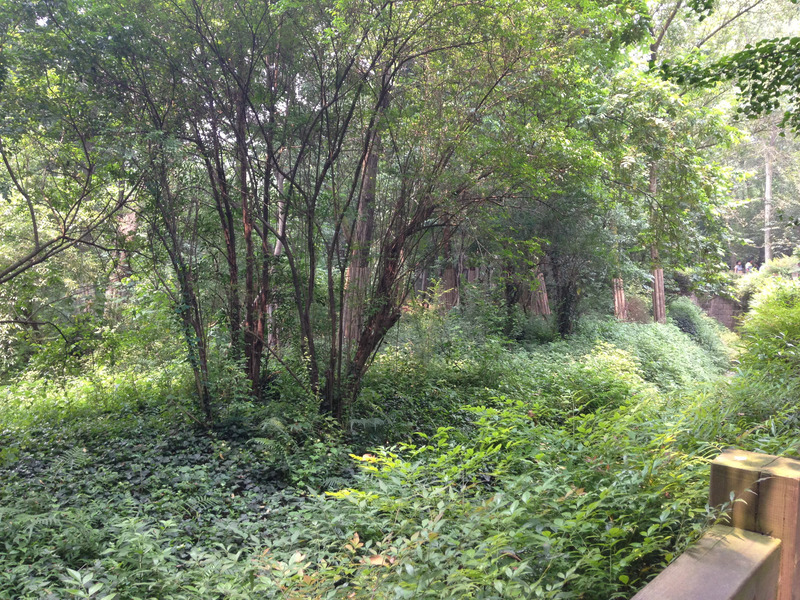
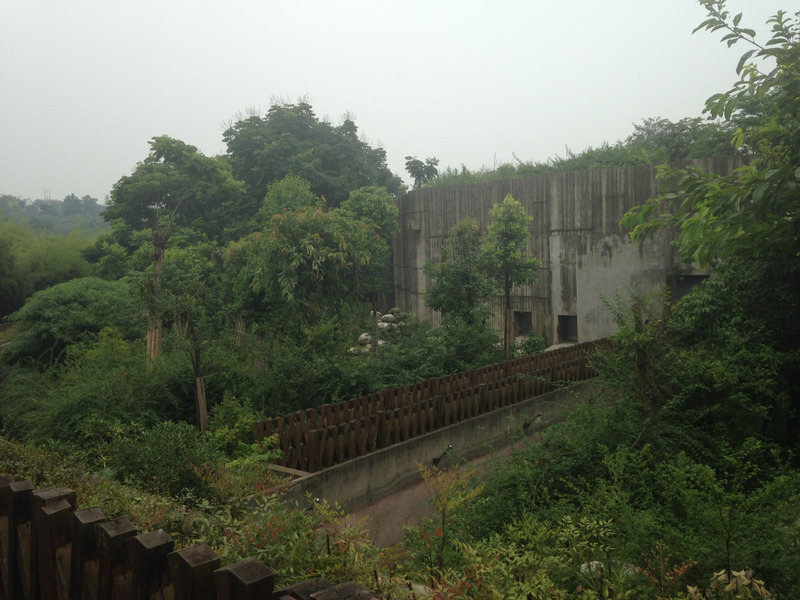
And here are some of the pandas indoors (left: juvenile, right: adult)
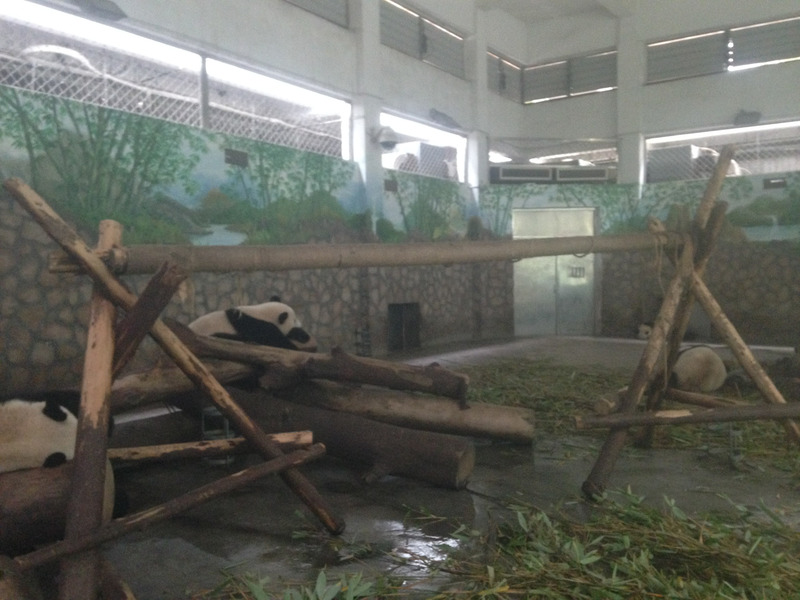
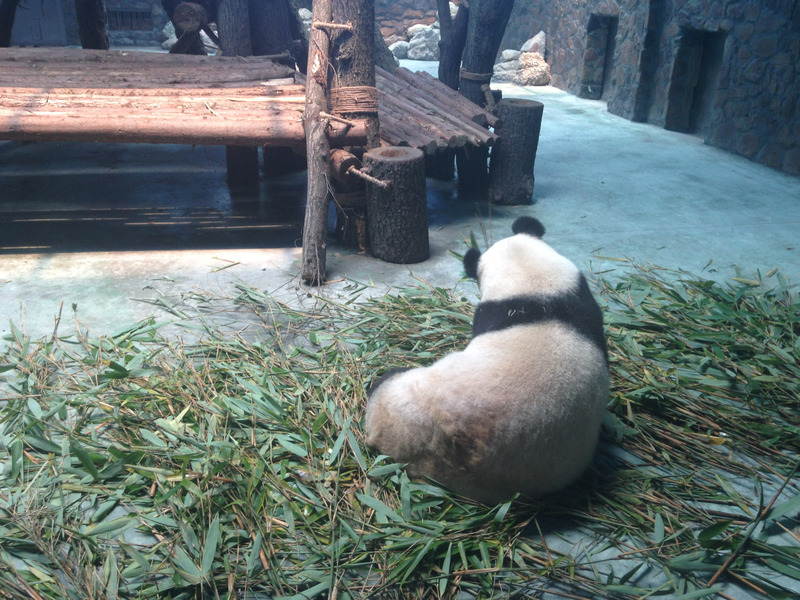
And here are some of the babies!
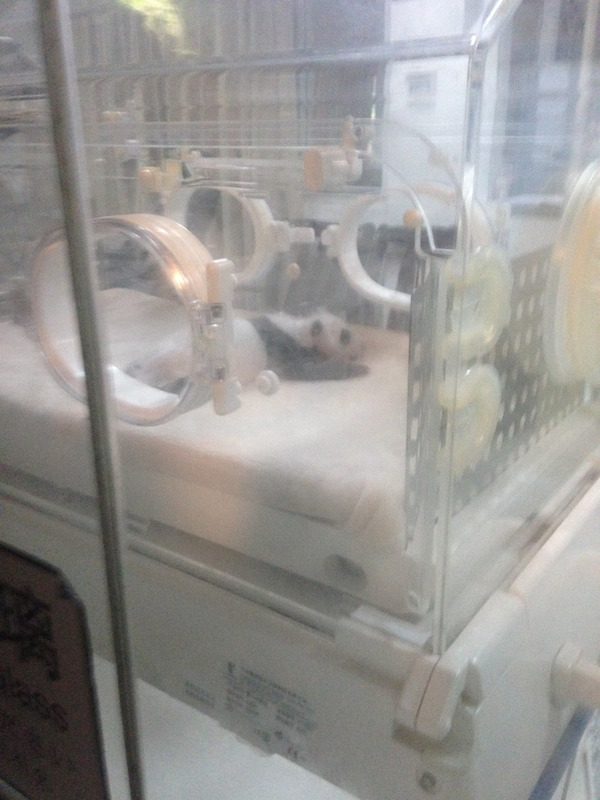
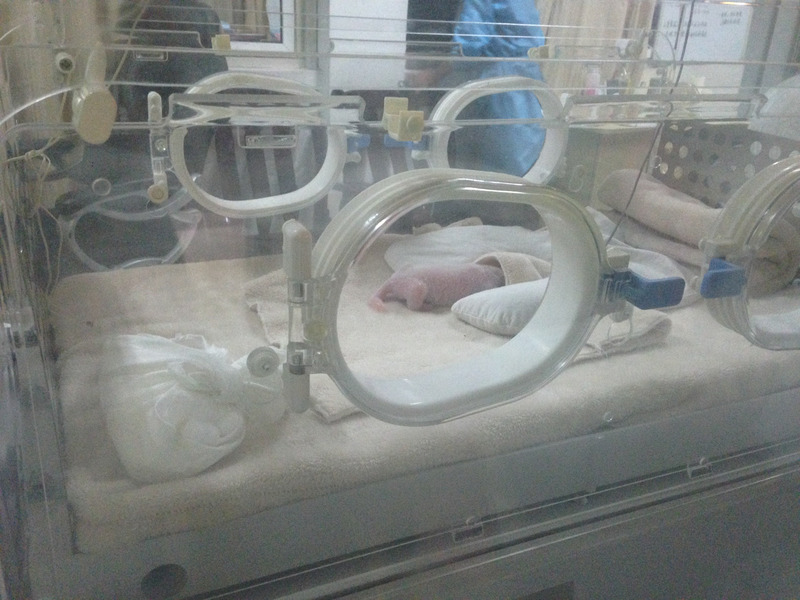
The most active things that we saw outside were koi, peacocks, and swans. The peacocks were just walking around in one unenclosed area, and I could probably have gone right up to them if I had wanted to.
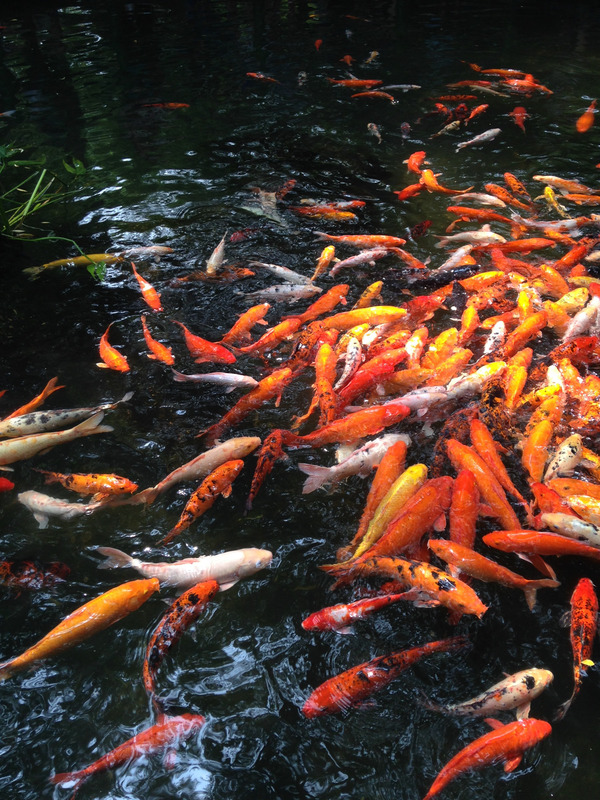
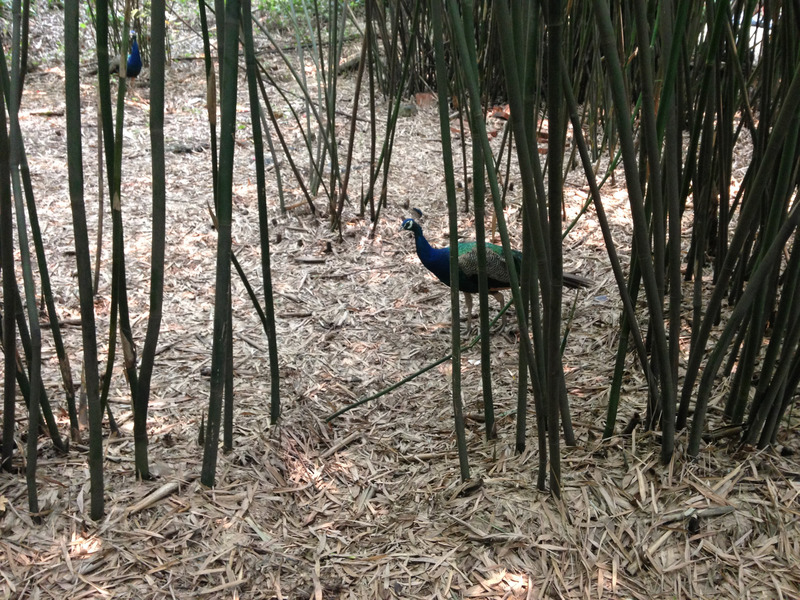
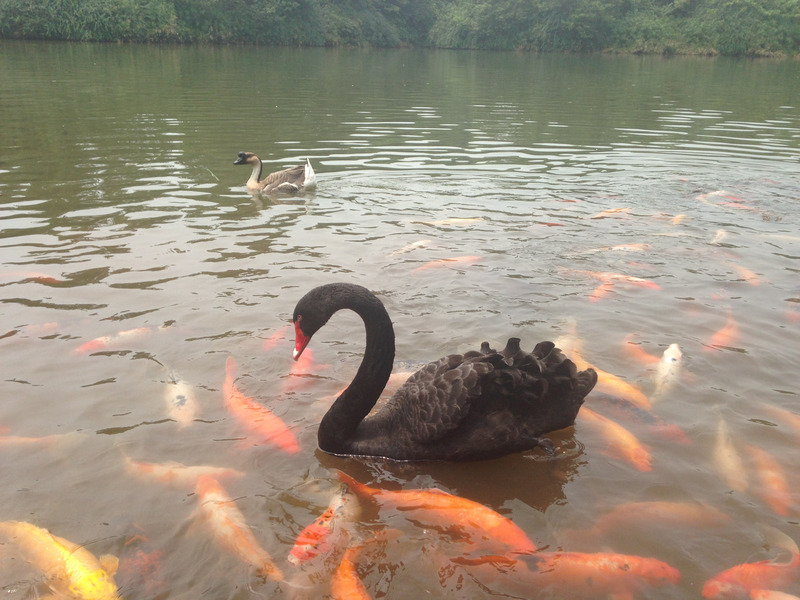
Return Journey
We got to the airport around 4pm and were scheduled to board at 5:50pm. However, initially because of thunderstorms in Shanghai and then because of thunderstorms in Chengdu, our flight was delayed significantly. We started taxiing at 9pm and finally took off around 9:10. We landed in Shanghai at around 11:30, and spent another almost half hour taxiing to the terminal.
While we were still at the Chengdu airport, I saw a really good example of Chinese fashion and the tendency of women to wear really tall heels and clothes that don’t quite seem practical given the context. It’s also an example of how friends and significant others often dress similarly or in matching outfits when they go out.
